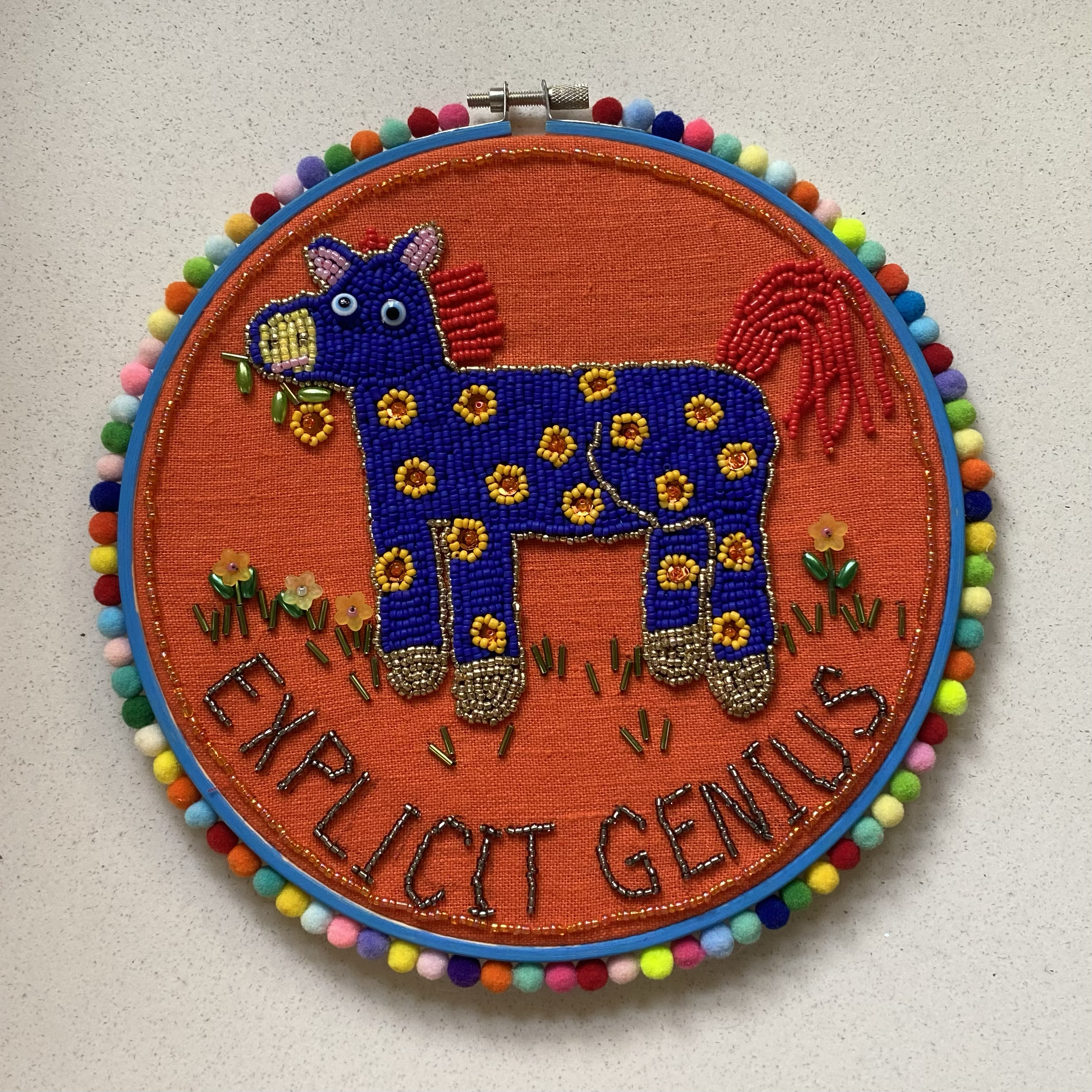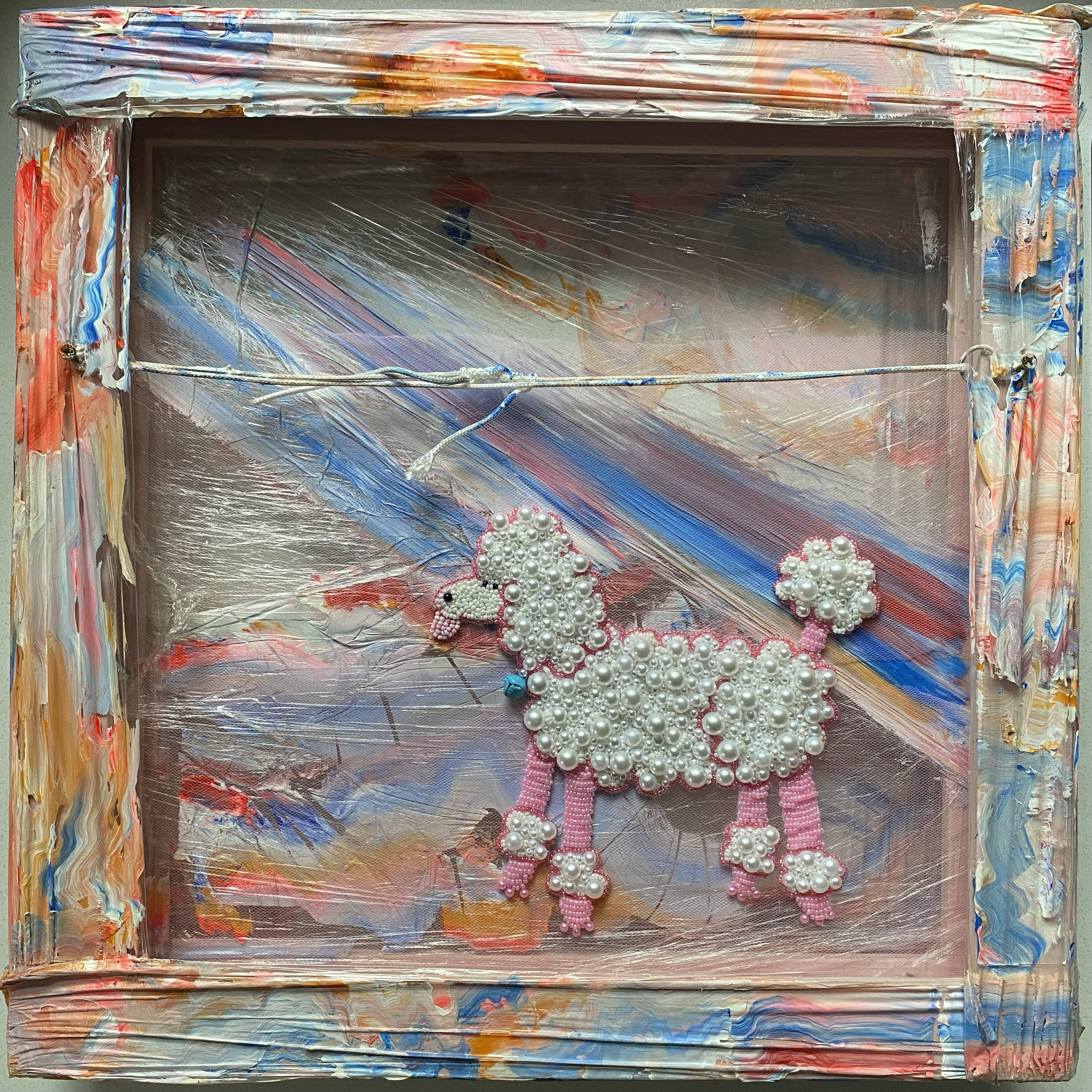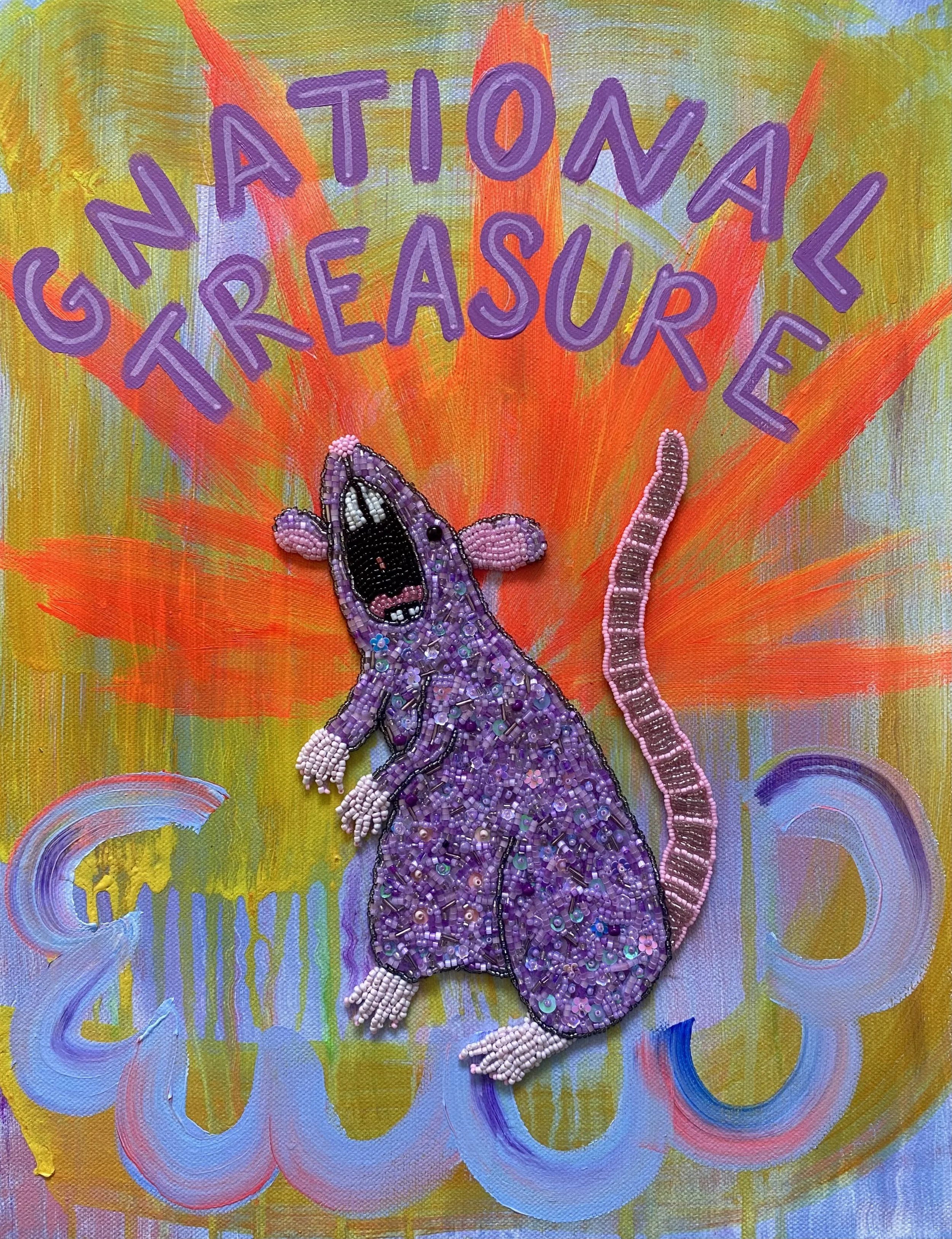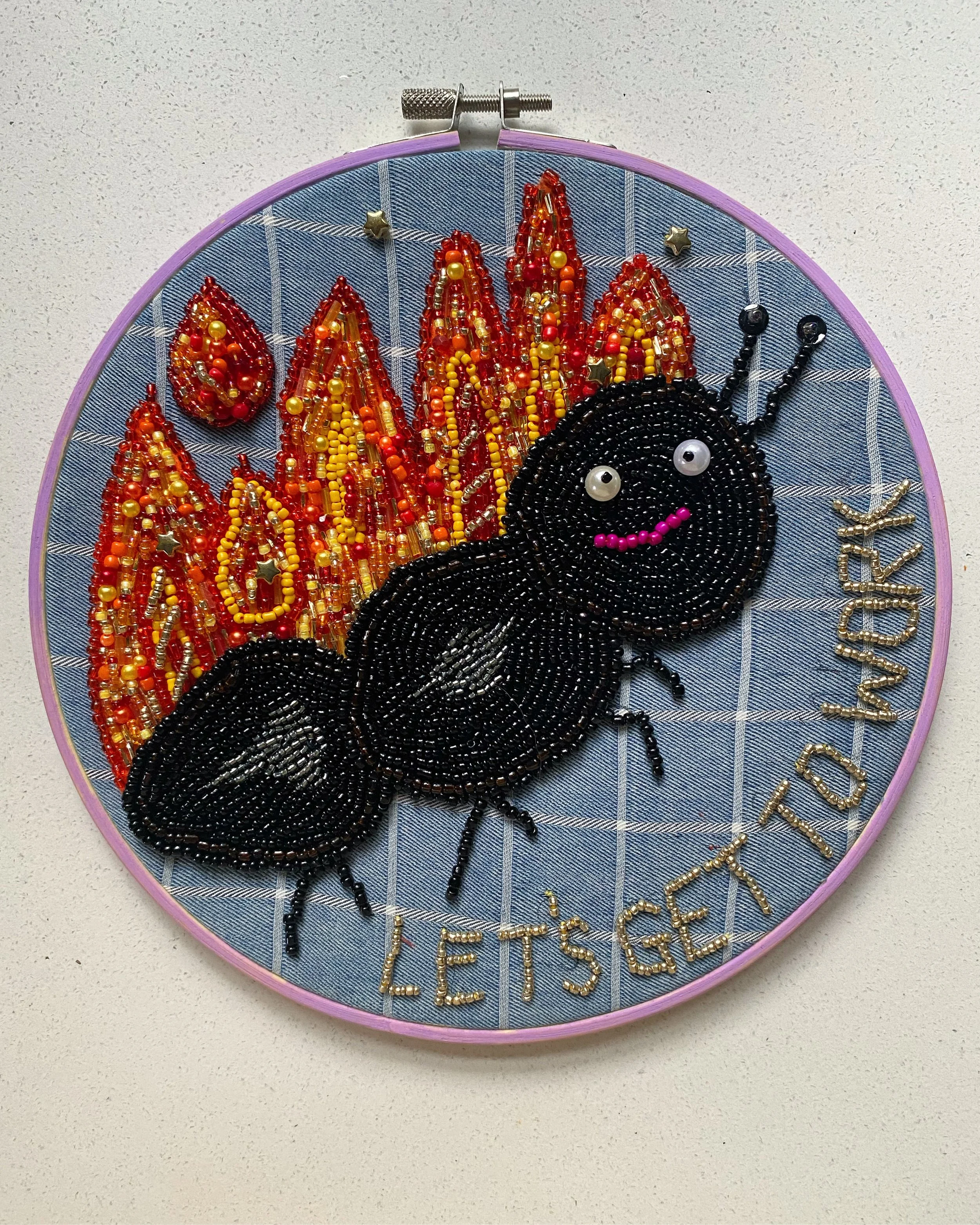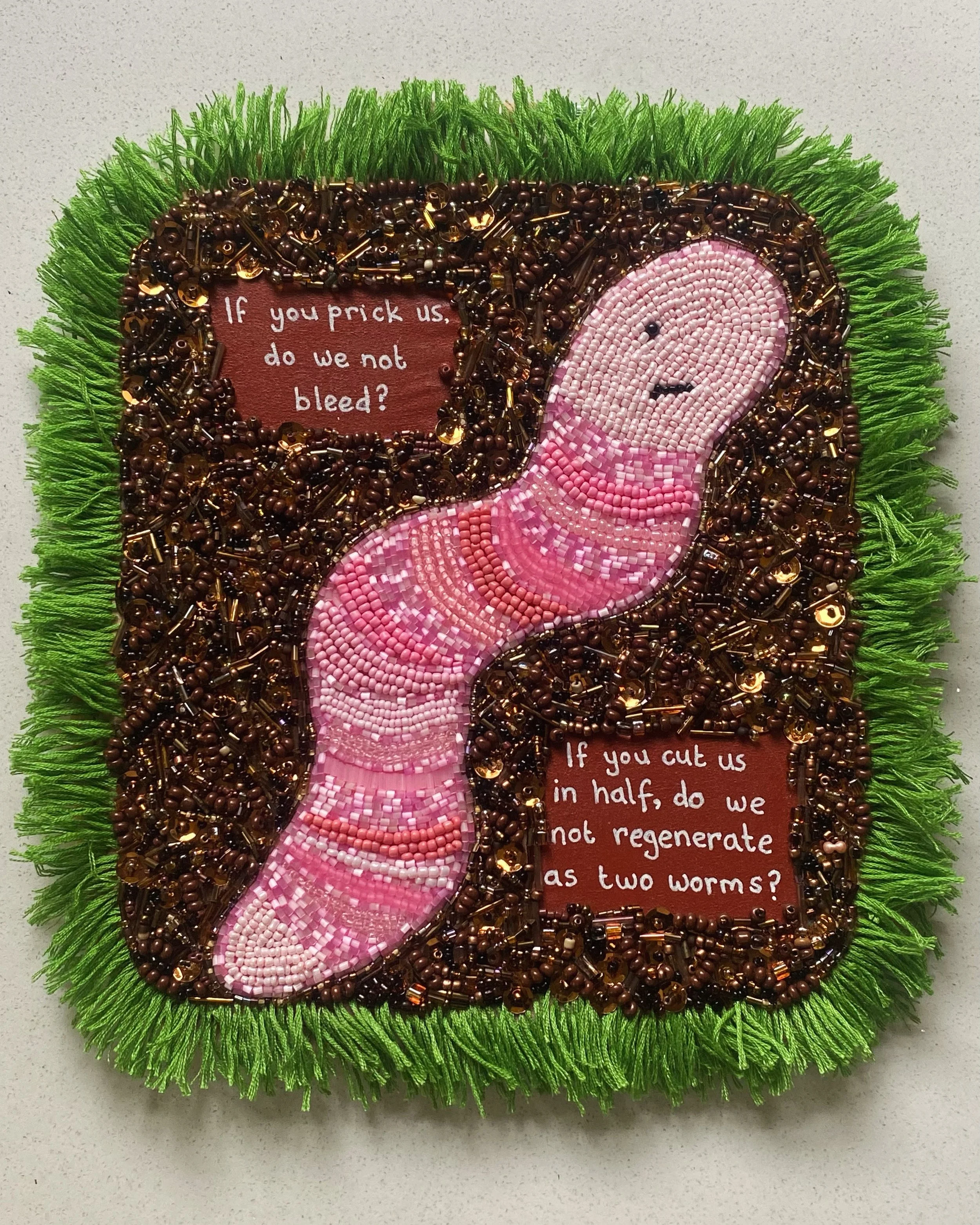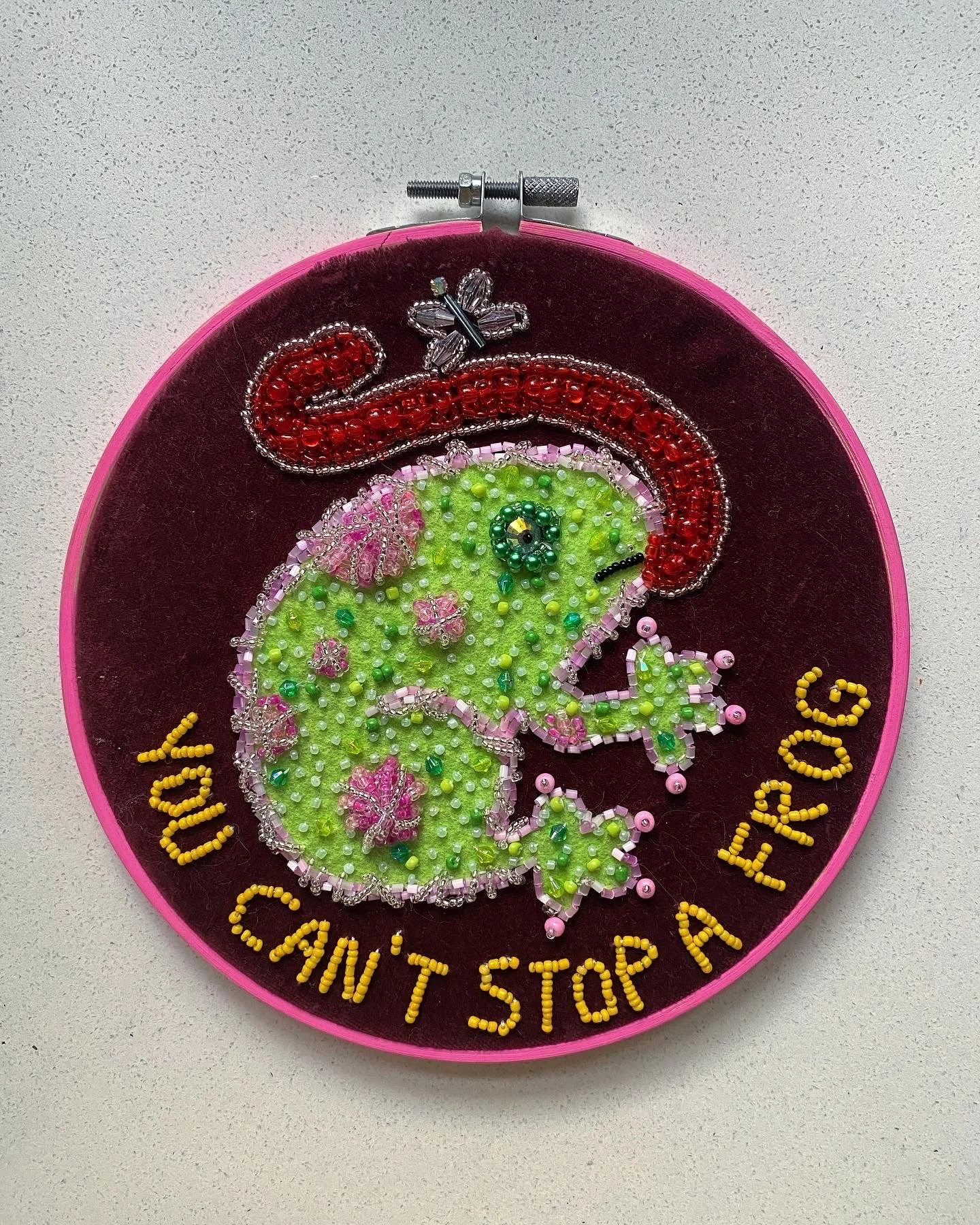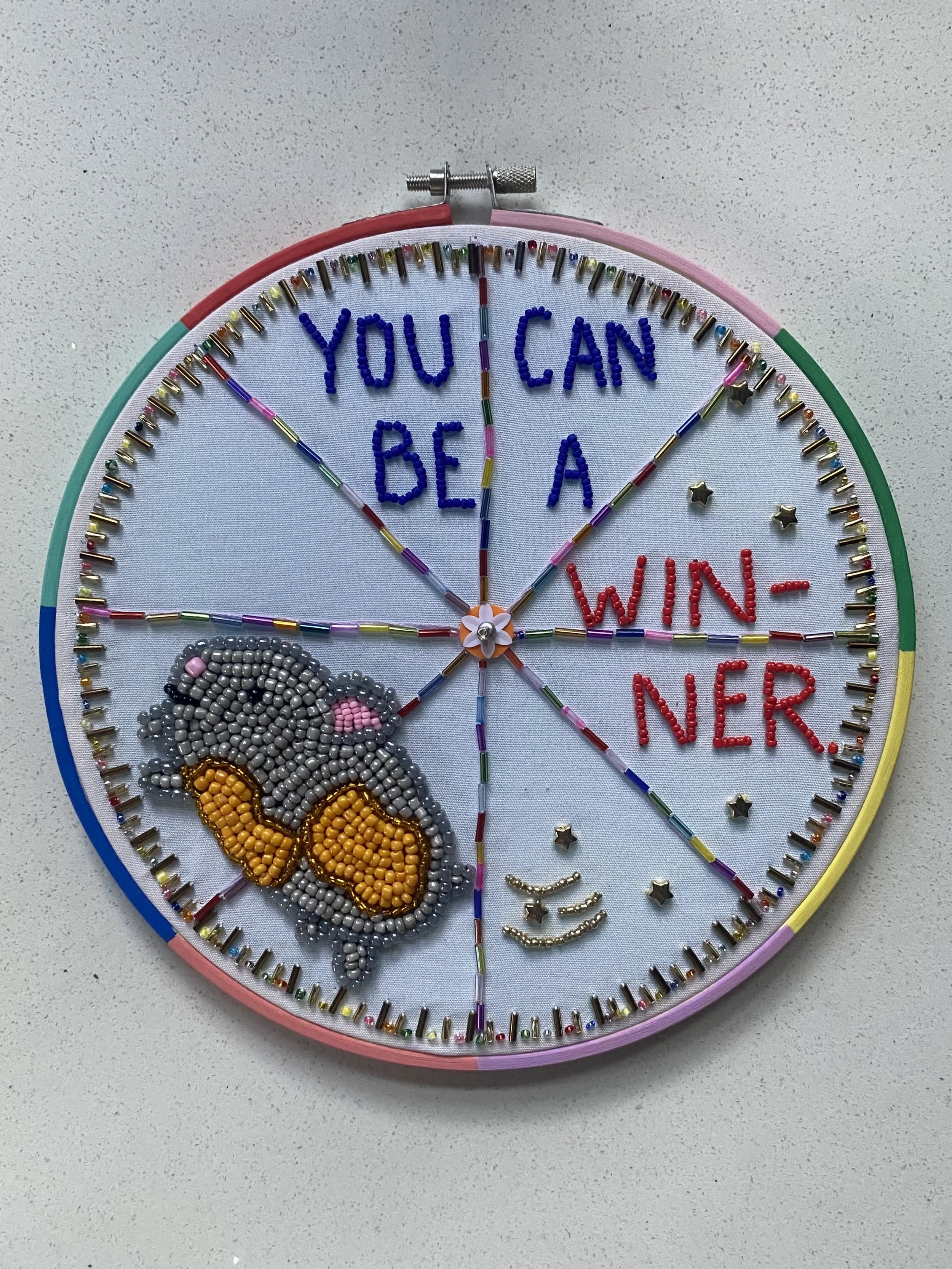Carnival of the Oppressed
Beast fables have historically used animals as allegorical stand-ins for humans rising up against power. In stories like Animal Farm, Watership Down, Babe: Pig in the City and Over the Hedge, the characters grapple with human issues of corruption, oppression, abuse of power, habitat destruction and propaganda. Animals were frequently used as a site of rebellion in early computer-generated cartoons as Jack Halberstam's reflections in The Queer Art of Failure.
Carnival of the Oppressed features creatures going about their day. They work hard. They buy things to let others know that they work hard. They have a personal brand. They TAKE CARE OF THEMSELVES. They vote.
The creatures in these images have devalued the communal and collective in favour of the pursuit of productivity, individualism and self-optimisation. Their sufferring must be used for personal growth. They are disconnected from any radical or collective sense of rebellion. Why would they need anything to change?
